EN 10305-1 seamless precision steel tube is a European standard for seamless cold-drawn precision steel tubes.
EN 10305 seamless precision steel tube shall be manufactured from hot finished seamless tubes by cold drowning. Other suitable methods of cold working are permitted. The tubes shall be delivered in the delivery condition +N which means that after the final cold drawing operation the tubes are normalized in a controlled atmosphere.
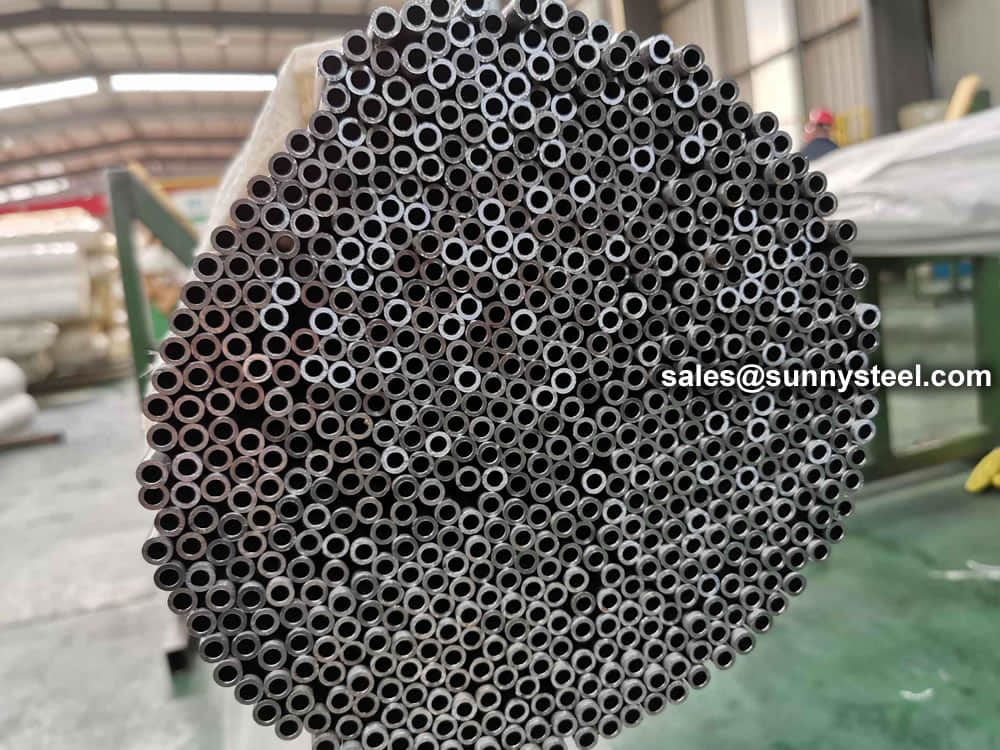
The allowed pressure rates and temperatures are the responsibility of the customer in accordance with the state of the art and in application of the safety coefficients specified in the application regulations, codes or standards.
Tubes according to this EN 10305 European standard are characterised by having precisely defined tolerances on dimensions and a specified surface roughness.
EN 10305 seamless precision steel tube shall be manufactured from hot finished seamless tubes by cold drawning. Other suitable methods of cold working are permitted. The tubes shall be delivered in the delivery condition +N which means that after the final cold drawing operation the tubes are normalized in a controlled atmosphere.
NBK means protective heat-treating under the non-oxidation enviroment to get a bright and smooth surface for the tubes.
| Steel grade Name |
Steel Number |
C(% max) | Si(% max) | Mn(% max) | P(% max) | S(% max) |
| E215 | 1.0212 | 0.10 | 0.05 | 0.70 | 0.025 | 0.015 |
| E235 | 1.0308 | 0.17 | 0.35 | 1.20 | 0.025 | 0.015 |
| E355 | 1.0580 | 0.22 | 0.55 | 1.60 | 0.025 | 0.015 |
| Yield strength (min Mpa) |
Tensile strength (min Mpa) |
Elongation (min %) |
| 215 | 290-430 | 30 |
| 235 | 340-480 | 25 |
| 355 | 490-630 | 22 |
| Term | Symbol | Explanation |
| Cold-finished/hard (cold-finished as-drawn) |
BK | No heat treatment after the last cold-forming process. The tubes therefore have only low deformability. |
| Cold-finished/soft (lightly cold-worked) |
BKW | After the last heat treatment there is a light finishing pass (cold drawing) With proper subsequent processing, the tube can be cold-formed (e.g. bent, expanded) within certain limits. |
| Annealed | GBK | After the final cold-forming process the tubes are annealed in a controlled atmosphere or under vacuum. |
| Normalized | NBK | The tubes are annealed above the upper transformation point in a controlled atmosphere or under vacuum. |
The tubes are supplied in the following quality grades :
Theses requirements and corresponding tests must be agreed, with the customer having to specify his requirements at the time of enquiry and on ordering.

Seamless precision tubes are used wherever a high level of measuring accuracy, smooth surfaces and improved resistance values are of the essence. These tubes are available in any desired dimension
Seamless precision tubes are used for the following applicationsStandard EN 10305 covers steel-produced precision tubes. This standard includes delivery conditions for six different parts. Part 1 or as referred to as EN 10305-1 refers to Seamless cold drawn precision tubes. These precision tubes are specifically designated with the letter E, thereby the manufacturing processes adhere to the standard and keep tight tolerances, making them well suited for use as machine parts. This is because a precision steel tube en 10305-1 is identical to the system it is to be attached to.
Hence, there is no error, nor is there any wiggle room for a mismatch to occur in the system. Therefore the use of EN 10305-1 material to make a cold-drawn precision tube is a welcome one. In addition to being designated as machine steels, there are many grades with differing yield strengths that could be used in the production of EN 10305-1 equivalent tube.
Generally, most buyers prefer the use of steels that have minimum yield strength of about 235 N/mm2 or 355 N/mm2. The EN 10305-1 material is often designated with a relevant treatment the tubes have been processed with. For instance, the tube with the designation en 10305-1 E235+N would indicate that the steel is to be delivered in a normalized condition. There are several benefits of using an E355+SR EN 10305-1 Cold drawn seamless precision tube. Not only do they have a tighter level of tolerances, but they have better mechanical properties and hardness. Moreover, the cold drawing improves the surface of the EN 10305-1 E235+C tube as they are smoother.
EN 10305 is characterized by having exactly defined tolerances on dimensions and specified surface roughness. Typical fields of applications are in the furniture, vehicle, and general engineering industries. E235 in the pickled, normalized condition, to be delivered in standard length of 5.8 m.
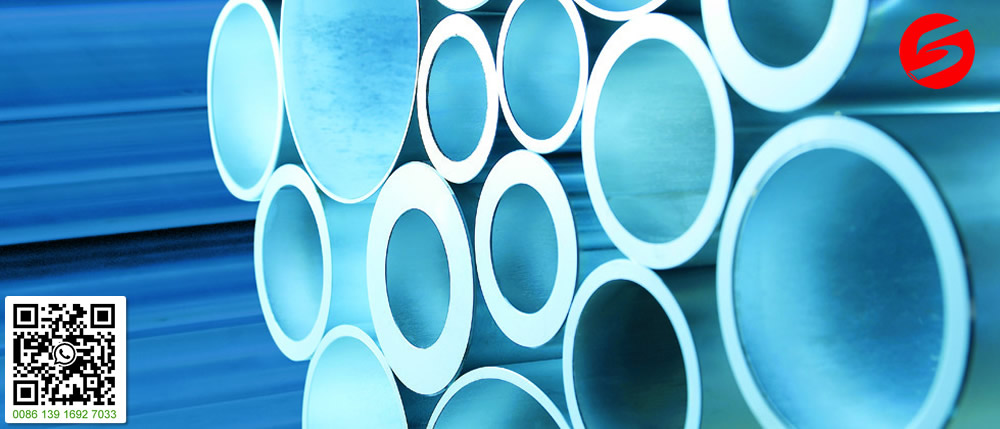
Precision tubes according to EN10305-2 are manufactured in a cold forming process for stretch-reduced or HF-welded hollow sections (shell).
Welded drawn tubes are used primarily in the automotive industry, for instance as prop shafts, rubber/metal parts, drive shafts or cam shafts.
The application options for welded precision steel tubes according to EN 10305-2 are determined by specific technical characteristics, such as
DIN steel heat exchanger tubes, meeting German Industrial Standards, are constructed from high-temperature and corrosion-resistant steel, specifically designed for efficient heat exchange applications.
With years of expertise, we provide a diverse array of steel tube processing options. From sawing and machining tube blanks to intricate bending and upsetting operations, we actively assist you throughout your projects.
Our capabilities extend to eccentricity reduction and concentricity enhancement through turning and grinding. We excel in creating complex geometries using processes like rotary swaging and axial forming. Additionally, we offer property modifications via partial heat treatment, ensuring tailored solutions for your specific needs.
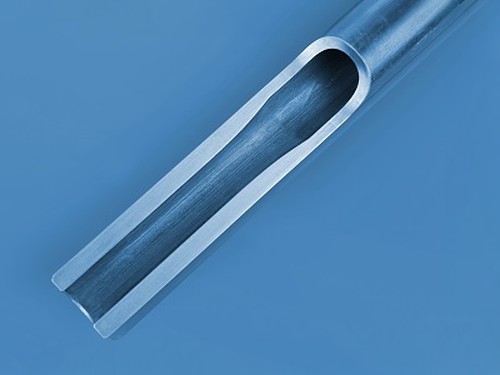
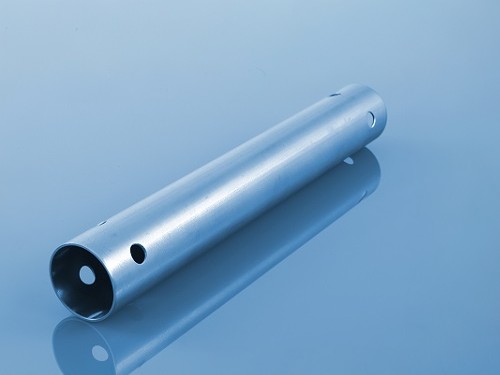
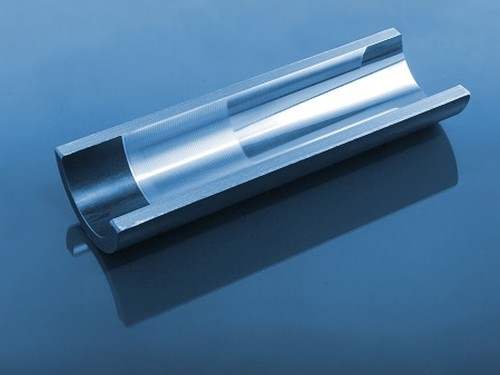
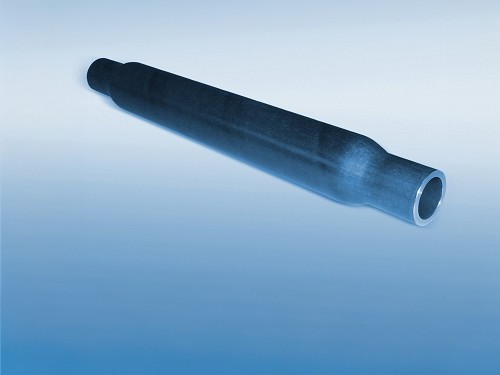

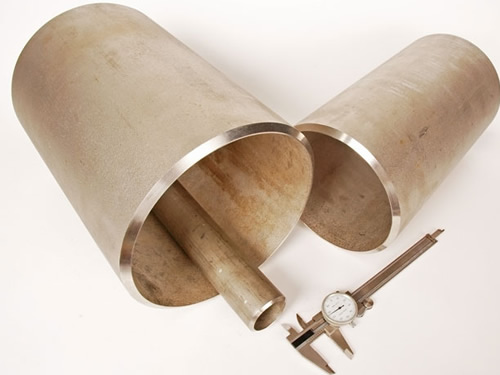
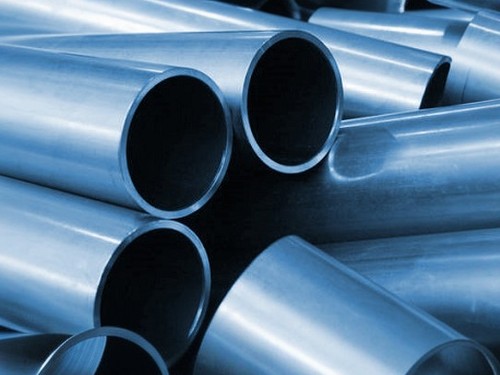
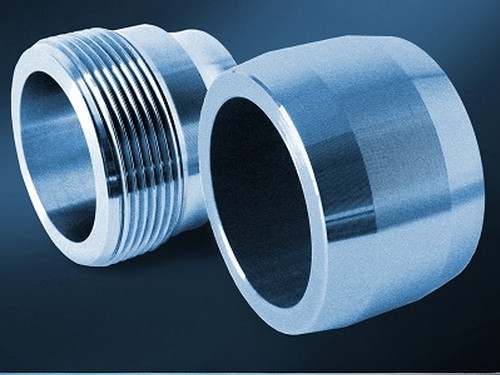
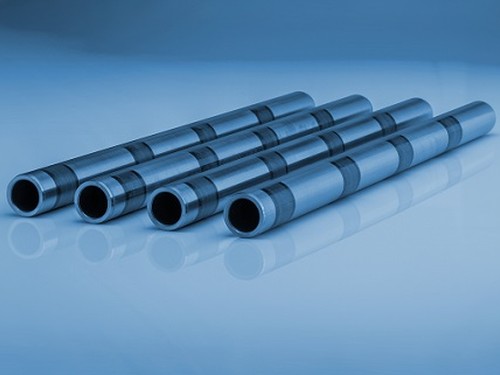

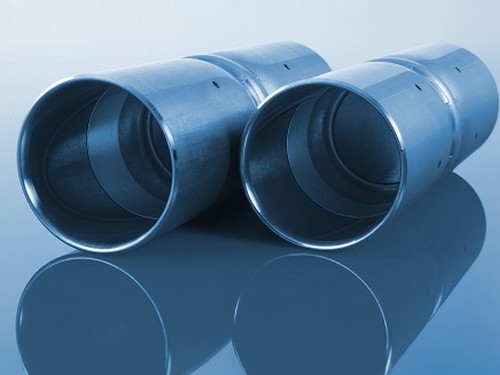

Alloy steel pipes are ideally suitable for chemical, petrochemicals, and other energy-related applications.
The alloy steel pipe adopts high quality carbon steel, alloy structural steel and stainless & heat resisting steel as raw material through hot rolling or cold drawn to be made.
Alloy steel can be used in process area where carbon steel has limitation such as
As an important element of steel products, alloy steel pipe can be divided into seamless steel pipe and welded steel pipe according to the manufacturing technique and tube billet shape.
Here you can see the common alloy steel grade that you will come across.
Why the application of alloy steel pipe is wider than others
There are many kinds of materials used for transport in industrial production. Specifically we will have more choices and it is not limited to the use of alloy steel pipe. But even in the face of more choices, many people tend to choose alloy steel pipe. People make their own choices will have their own reasons. This means the alloy steel pipe application has its own advantages. Compared with transmission lines made of other materials, after it meets the basic application requirements, its quantity is lighter. Then in the practical application of alloy steel pipe, it will have more advantages because of this. Besides its physical characteristic advantage, it also has economic advantages. The wide application of alloy steel pipe is with kinds of reasons. So in practical usage, we can exploit the advantages to the full, in this way can we get more profits in these applications of alloy steel pipe.
The transportation of kinds of gases or liquids in production needs to rely on alloy steel pipe. This shows that the actual role of alloy steel pipe application is important. High temperature resistant and low temperature resistant is the tolerance of temperature. In the practical application of alloy steel pipe, there will be many materials need to be transported. However their temperatures are not the same. So this can be the basic requirement to alloy steel pipe. It needs more corrosion resistance. Corrosion resistant material is the best material during transporting, because it is corrosion resistant. So it can be used in more occasions. And it is definitely very convenient for users.
Can be 100% recycled, environmentally friendly, energy-saving, resource conservation, national strategy, national policy to encourage the expansion of the field of application of high-pressure alloy pipe. Of alloy steel pipe total consumption accounted steel in the proportion is only half of the developed countries, to expand the field of use of the alloy steel pipe to provide a wider space for the development of the industry. The future needs of the average annual growth of China’s high-pressure alloy steel pipe long products up to 10-12%.
Alloy Steel pipe contains substantial quantities of elements other than carbon such as nickel, chromium, silicon, manganese, tungsten, molybdenum, vanadium and limited amounts of other commonly accepted elements such as manganese, sulfur, silicon, and phosphorous.
Our team of experienced sales specialists proudly partners with gas and chemical processors, power generation plants, oil refineries, and related industries to offer piping components and value-added services.
The biggest advantages of alloy steel pipe can be 100% recycled, environmentally friendly, energy-saving, resource conservation, national strategy, national policy to encourage the expansion of the field of application of high-pressure alloy pipe. Of alloy tube total consumption accounted steel in the proportion is only half of the developed countries, to expand the field of use of the alloy tube to provide a wider space for the development of the industry. According to the Chinese Special Steel Association alloy pipe Branch Expert Group, the future needs of the average annual growth of China’s high-pressure alloy pipe long products up to 10-12%.
Steel pipe delivery status(condition): cold / hard (BK), cold / soft (BKW), after cold stress relief annealing (BKS), annealing (GBK), normalized (NBK).
| Term | Symbol | Explanation |
|---|---|---|
| Cold-finished/hard (cold-finished as-drawn) | BK | No heat treatment after the last cold-forming process. The tubes therefore have only low deformability. |
| Cold-finished/soft (lightly cold-worked) | BKW | After the last heat treatment there is a light finishing pass (cold drawing) With proper subsequent processing, the tube can be cold-formed (e.g. bent, expanded) within certain limits. |
| Annealed | GBK | After the final cold-forming process the tubes are annealed in a controlled atmosphere or under vacuum. |
| Normalized | NBK | The tubes are annealed above the upper transformation point in a controlled atmosphere or under vacuum. |
The general cold strip mills, volume should go through continuous annealing (CAPL unit) to eliminate cold hardening and rolling stress, or batch annealing reach the mechanical properties of the corresponding standard specifies. Cold rolled steel surface quality, appearance, dimensional accuracy better than hot-rolled plate, and right-rolled thin product thickness is about 0.18mm, so the majority of users favor.
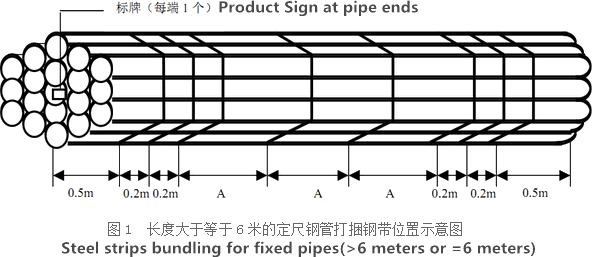
Cold rolled steel coil substrate products deep processing of high value-added products. Such as electro-galvanized, hot dip galvanized, electro-galvanized fingerprint resistant, painted steel roll damping composite steel, PVC laminating steel plates, etc., so that the excellent quality of these products has a beautiful, high resistance to corrosion, has been widely used.
Cold rolled steel coil finishing after annealing, cut the head, tail, trimming, flattening, smooth, heavy volume, or longitudinal clipboard. Cold-rolled products are widely used in automobile manufacturing, household electrical appliances, instruments, switches, buildings, office furniture and other industries. Steel plate strapping package weight of 3 to 5 tons. Flat sub-volume typically 3 to 10 tons / volume. Coil diameter 6m.
Bare packing/bundle packing/crate packing/wooden protection at the both sides of tubes and suitably protected for sea-worthly delivery or as requested.
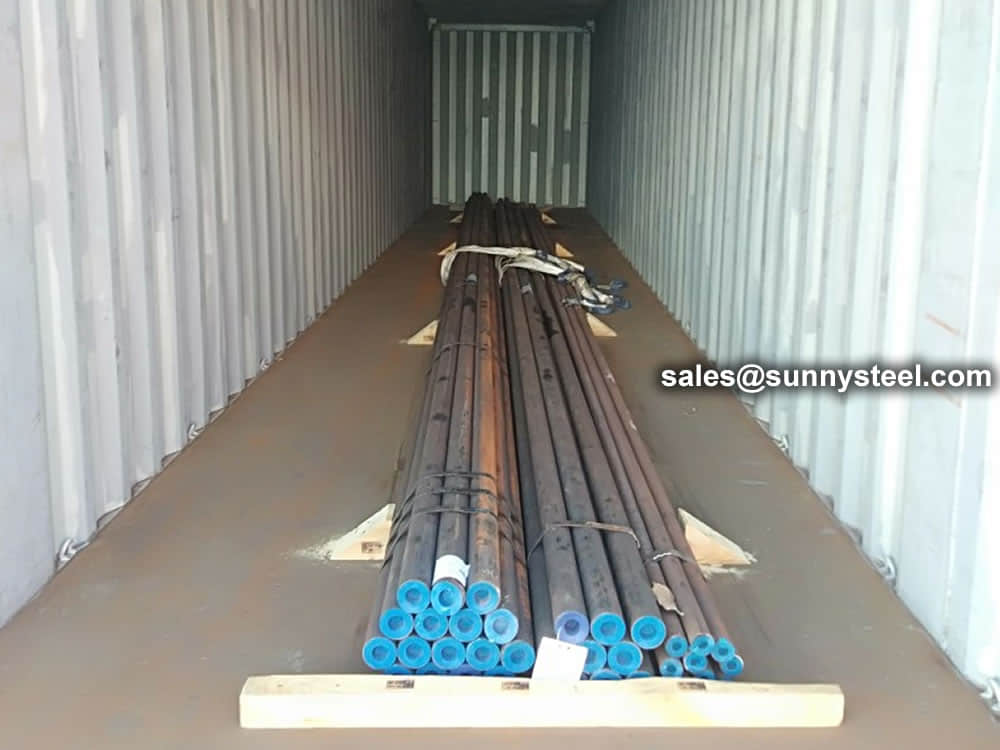
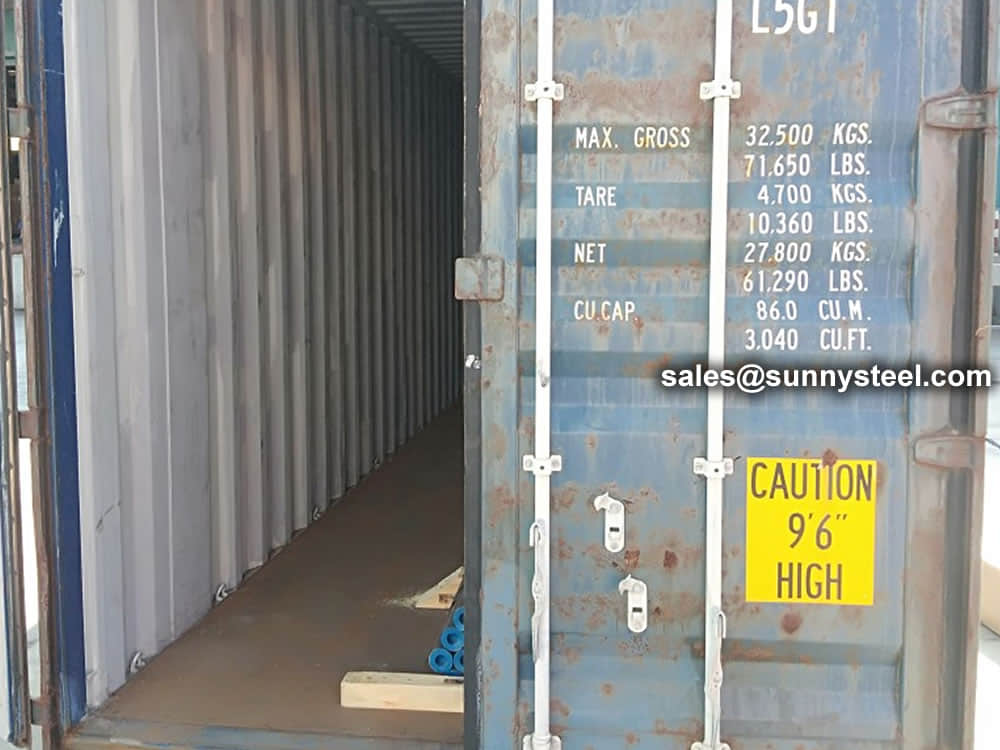
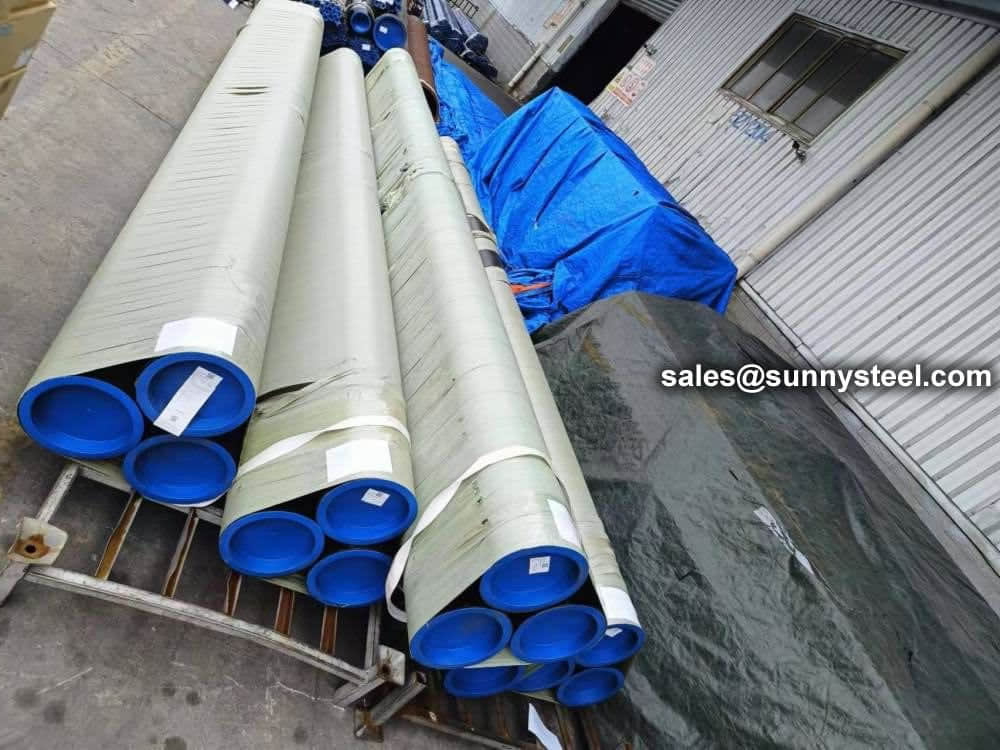
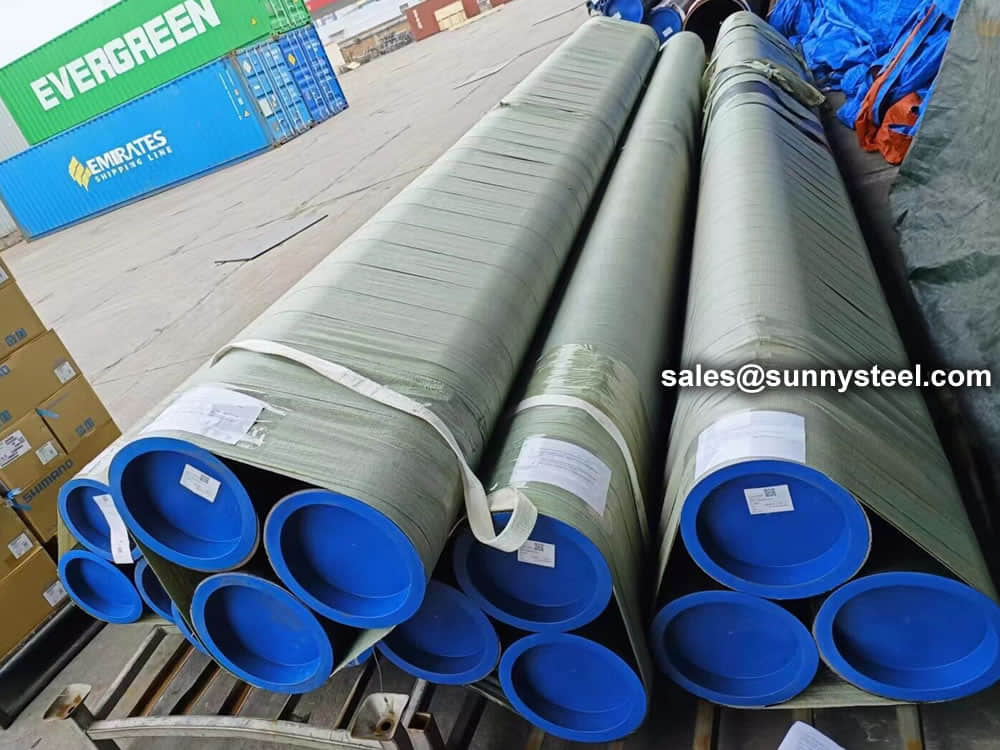
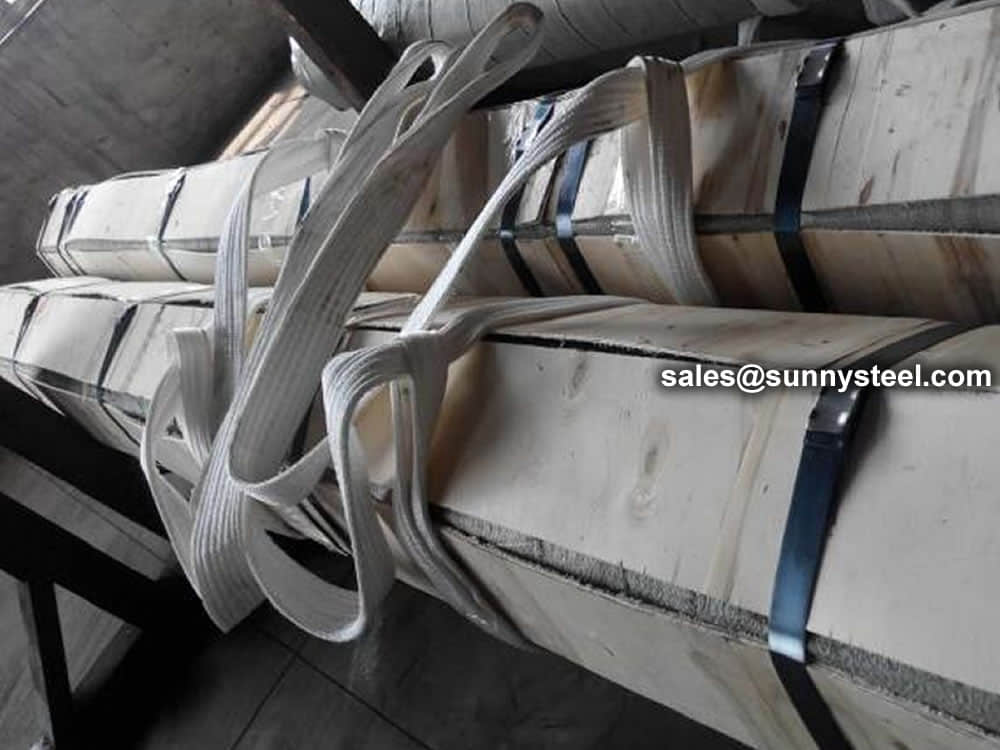



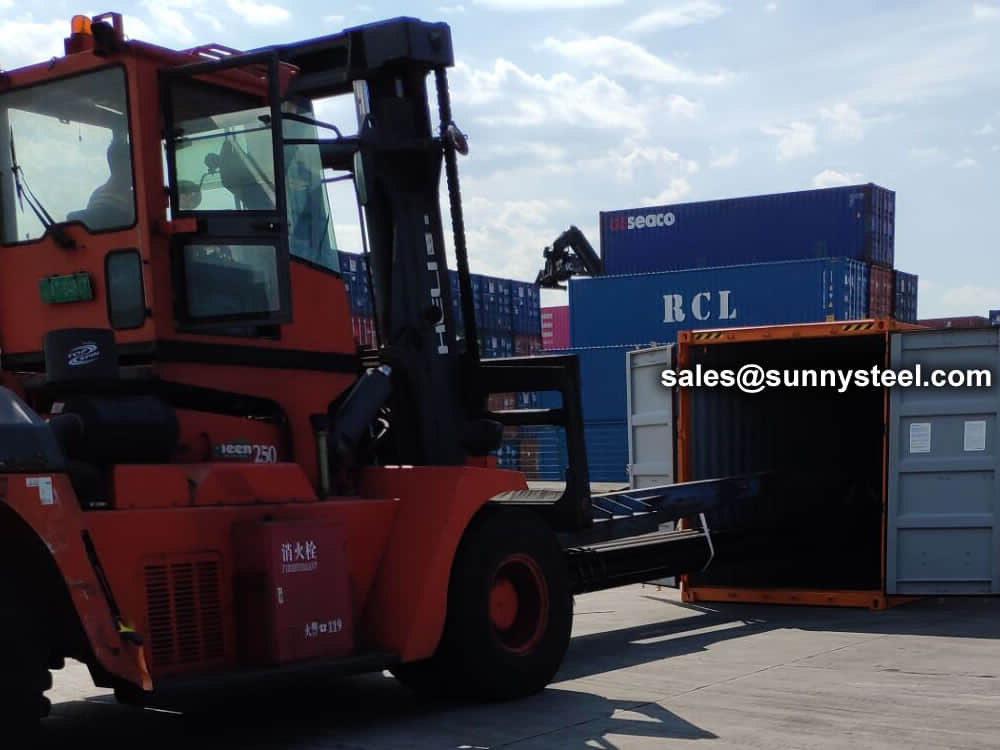

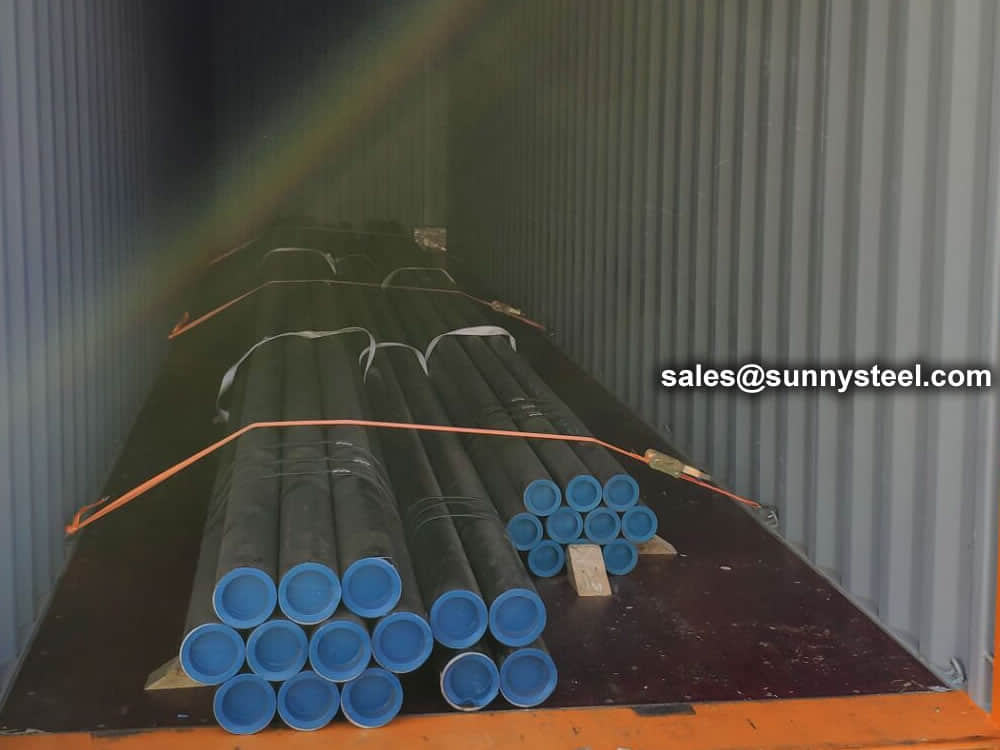
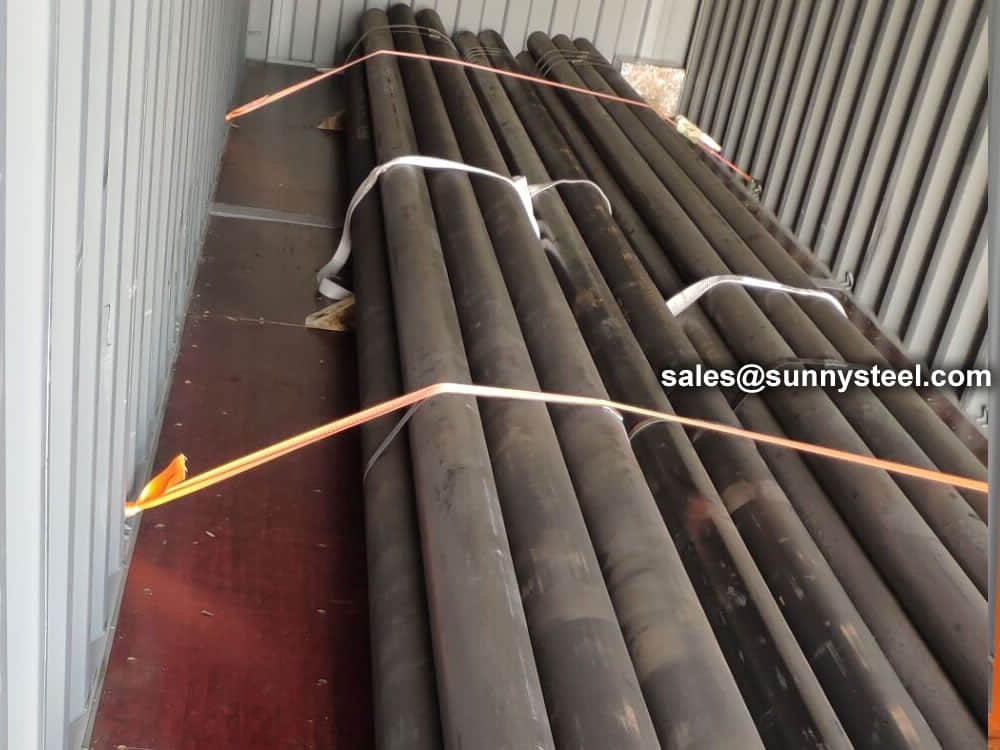
There are probably hundreds of different methods for packing a pipe, and most of them have merit, but there are two principles that are vital for any method to work prevent rusting and Sea transportation security.
Our packing can meet any needs of the customers.
Commonly used alloying elements and their effects are listed in the table given below.
| Alloying Elements | Effect on the Properties |
|---|---|
| Chromium | Increases Resistance to corrosion and oxidation. Increases hardenability and wear resistance. Increases high temperature strength. |
| Nickel | Increases hardenability. Improves toughness. Increases impact strength at low temperatures. |
| Molybdenum | Increases hardenability, high temperature hardness, and wear resistance. Enhances the effects of other alloying elements. Eliminate temper brittleness in steels. Increases high temperature strength. |
| Manganese | Increases hardenability. Combines with sulfur to reduce its adverse effects. |
| Vanadium | Increases hardenability, high temperature hardness, and wear resistance. Improves fatigue resistance. |
| Titanium | Strongest carbide former. Added to stainless steel to prevent precipitation of chromium carbide. |
| Silicon | Removes oxygen in steel making. Improves toughness. Increases hardness ability |
| Boron | Increases hardenability. Produces fine grain size. |
| Aluminum | Forms nitride in nitriding steels. Produces fine grain size in casting. Removes oxygen in steel melting. |
| Cobalt | Increases heat and wear resistance. |
| Tungsten | Increases hardness at elevated temperatures. Refines grain size. |
